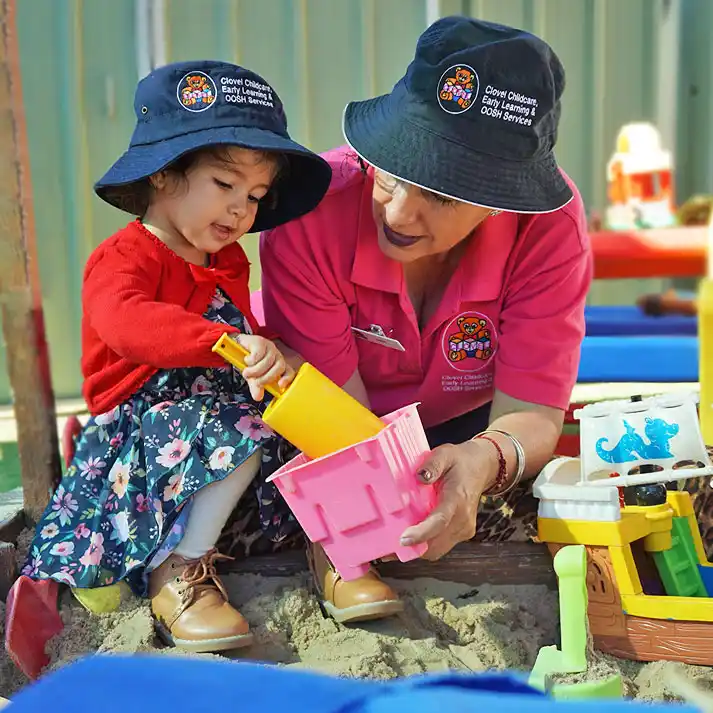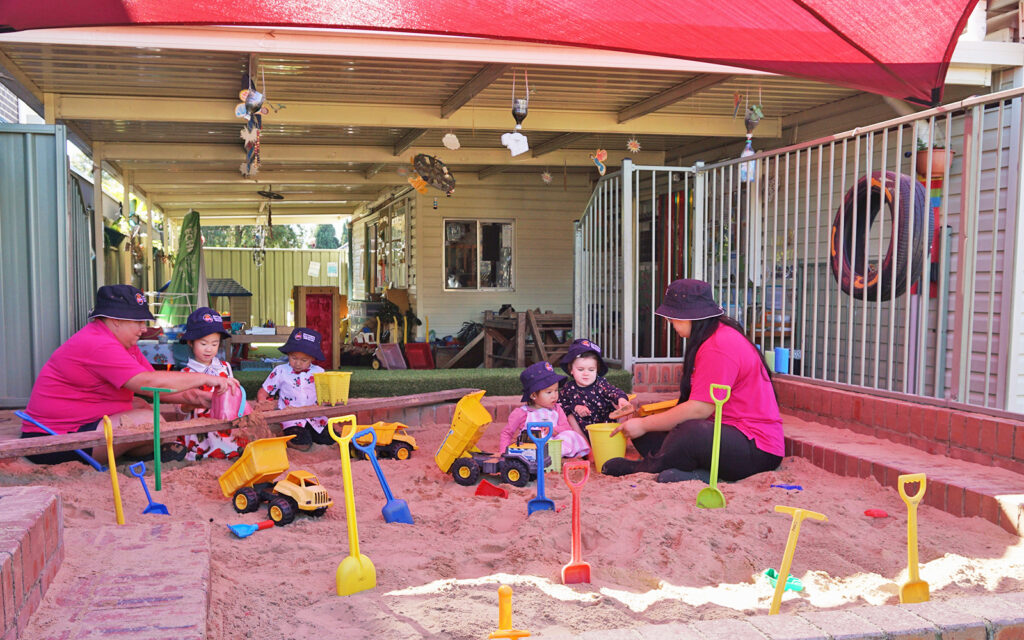At Clovel Childcare, we know that play isn’t just fun, it’s a vital part of your child’s growth. Physical activity in children plays a crucial role in supporting children’s learning, development, and overall wellbeing. From building stronger muscles to boosting brainpower, movement helps children explore, learn, and grow in every area of their lives.
The Link Between Physical Activity and Brain Development
Did you know that when children move, they’re actually helping their brains develop? Physical activity increases blood flow and oxygen to the brain, improving memory, attention, and problem-solving skills.
Research shows that children who engage in regular active play often perform better in preschool and early learning programs, showing improved focus, curiosity, and creativity.
Physical Activity Boosts Social and Emotional Skills
Active play is also a powerful way to build social and emotional skills. Team games and group activities encourage children to cooperate, share, and empathise with others.
Children learn to manage emotions, build resilience, and navigate challenges in a safe and supportive environment. Activities like group obstacle courses or cooperative ball games help children practice these essential life skills while having fun.

Movement Enhances Motor Skills and Coordination

Movement helps children develop both gross and fine motor skills. Running, jumping, and climbing strengthen large muscle groups, while catching, throwing, and balancing refine coordination and precision.
Developing these skills not only builds confidence but also encourages independence as children navigate their surroundings with ease.
Learning Through Active Play
Active play can also be a learning opportunity. Physical activities can be cleverly integrated into educational concepts:
- Counting jumps helps reinforce numeracy skills.
- Alphabet hopscotch makes literacy fun.
- Nature walks spark curiosity and observation skills.
By combining movement with learning, children can explore new ideas, solve problems, and engage their senses in a meaningful way.
Practical Tips for Encouraging Movement
Here are some simple ways to keep children active, both at home and in early learning settings:
- Set up indoor and outdoor activity stations.
- Include short bursts of movement throughout the day.
- Rotate games and exercises to maintain engagement.
- Incorporate movement into everyday routines, like cleaning up or transitioning between activities.
Even small bursts of activity can make a big difference in a child’s development.
Clovel Childcare’s Approach to Active Learning
At Clovel Childcare, movement is an essential part of daily routines. Our programs include structured physical activities, performing arts sessions, and play-based learning that encourage children to explore, collaborate, and grow. Every activity is age-appropriate, safe, and designed to promote holistic development, because we believe that learning is best when children are active and engaged.
Physical activity is more than just play; it’s a cornerstone of children’s learning and development. By encouraging movement, children strengthen their bodies, boost their brains, and develop social and emotional skills that last a lifetime.
At Clovel Childcare, we create environments where children can move, learn, and thrive every day. Explore our programs and see how we make active learning a fun and integral part of early childhood education.












